Comments / Questions (48)
![]() Undine wrote:
Undine wrote:
Wie lässt sich dieses Muster von oben nach unten stricken?
08.09.2022 - 16:54DROPS Design answered:
Liebe Undine, leider können wir nicht jede Anleitung nach jeder Anfrage anpassen, aber vielleicht können Sie mal den Pullover "verkehrs" lesen, dh die Maschen anschlagen anstatt abketten, für die Passe zunehmen anstatt abnehmen usw. Diese Modellen (von oben nach unten + mit Garngruppe A gestrickt) können vielleicht Ihnen helfen bzw inspirieren. Viel Spaß beim stricken!
09.09.2022 - 08:47
![]() Lolo Sörelius wrote:
Lolo Sörelius wrote:
Vart tog min tidigare fråga vägen? Borta och inget svar??
20.02.2021 - 14:22DROPS Design answered:
Hej Lolo. Din fråga och svar finns här under. Mvh DROPS Design
22.02.2021 - 11:24
![]() Lolo Sörelius wrote:
Lolo Sörelius wrote:
Jag undrar om det verkligen stämmer med att lägga upp 80 maskor för M på ärmarna. Jag gjorde det och de blev alldeles för stora och vida i resåren. Är dessutom skeptisk till att det ska räcka med 250 g i grundfärgen f M, eller har jag fel? Jag har samma stickfasthet som det står och stickar i Alpacka Drops.
08.02.2021 - 13:28DROPS Design answered:
Hei Lolo. Ja, det stemmer med 80 masker. Når du er ferdig med vrangborden skal det felles til 58 masker. Om du syns 80 masker blir for stort, kan du legge opp et mindre antall masker, bare husk å ha riktig maskeantall når du skal begynne å strikke mønster. Det skal være riktig garnmengde som er opplyst, men man kan alltids kjøp et ekstra nøste om man ønsker. mvh DROPS design
12.02.2021 - 15:01
![]() Kirsten wrote:
Kirsten wrote:
Hallo und guten Tag. Ich habe eine Frage zum Muster M2: Wird der Faden in natur immer mitgeführt und eingewebt? Auch in den "leeren" Reihen, in denen er gar nicht gebraucht wird? Oder lässt man ihn dann hängen und führt ihn seitlich hoch, wenn natur wieder benutzt wird? Das ist mir leider nicht ganz klar. Und wenn er seitlich hochgeführt wird, wird er dann gekreuzt? Vielen Dank für eure Hilfe und liebe Grüße.
10.12.2020 - 13:09DROPS Design answered:
Liebe Kirsten, der Faden Natur wird nur mitgeführt bei den Reihen wo er gestrickt wird, zwischen diesen Reihen, lassen Sie den Faden unbenutzt von der Rückseite so können Sie bei der nächsten Reihe mit 2 Farben hochziehen. Vor jeder Runde verdrehen Sie den Arbeitsfaden mit dem Faden oder den Fäden, die gerade nicht benutzt werden, erst dann stricken Sie die Runde. Viel Spaß beim stricken!
10.12.2020 - 14:00
![]() Sölvi Andersson wrote:
Sölvi Andersson wrote:
Når der står 4 omg Retstrik, betyder det så at man skal strikke 12 pinde i alt
19.11.2019 - 10:49DROPS Design answered:
Hej Sölvi, nej du skal bare strikke 4 omgange retstrik = 1 omg vrang, 1 omg ret, 1 omg vrang, 1 omg ret. God fornøjelse!
19.11.2019 - 13:09
![]() Mariana wrote:
Mariana wrote:
Hei, har problemer med å skjønne hvordan det kan gå fra 320 m (minus de 12 inntagningar jeg gjort ifølge M4) til å ende opp med 128 m. Strikker i strl M og er nettopp ferdig med M4.
24.08.2019 - 23:01DROPS Design answered:
Hej. Du stickar M.4 16 gånger på bredden och det är totalt 12 intagningar per M.4. 16 x 12= 192 m. 320-192=128 m. Lycka till!
26.08.2019 - 08:00
![]() Elin wrote:
Elin wrote:
Skal forhøyninga på halsen være framme ? Da der står at du skal starte på forstykket med halskant
22.11.2018 - 22:03DROPS Design answered:
Hei Elin. Forhøyningen går over nakken/skuldrene. Du setter et merke midt foran, men så begynner omgangen 25 masker etter dette merket. Når du da begynner å strikke vil dette blir over nakken og skuldrene. God fornøyelse
23.11.2018 - 08:27
![]() Ingvild Gabrielsen wrote:
Ingvild Gabrielsen wrote:
Har dere noen alternative garn denne genseren kan strikkes med? Eks blanding alpakka og ull.
26.09.2018 - 15:37DROPS Design answered:
Hej Ingvild, Ja du kan blandt andet strikke den i DROPS Flora 65% Ull 35% Alpaca som også tilhører garngruppe A. Prøv at bruge vores garnkalkulator som ligger inde på selve opskriften, her får du flere andre alternativer :)
28.09.2018 - 14:44
![]() Eve Beeley wrote:
Eve Beeley wrote:
I cannot find the chart instructions or diagram on this patter. There is a box saying no image by the diagram explanations. Please can you supply a diagram?
23.03.2018 - 09:05DROPS Design answered:
Dear Eve! Look at the end of the pattern, maybe in other language versions. If it doesn't work please change your browser. Happy knitting!
23.03.2018 - 15:12
![]() Catharine Clausen wrote:
Catharine Clausen wrote:
Mønster M.4, hva betyr på slutten "XS=54 p/v" ?
05.12.2016 - 17:15DROPS Design answered:
Hej Catharine. Dvs, der er 54 pinne i str XS (v = varv = svensk)
06.12.2016 - 15:22
Valeria |
|||||||||||||||||||||||||||||||
 |
 |
||||||||||||||||||||||||||||||
DROPS jumper in ”Alpaca” with round yoke and multi coloured pattern. Long or short sleeves. Size XS - XXL.
DROPS 108-10 |
|||||||||||||||||||||||||||||||
|
Garter st, in the round: K 1 round, P 1 round. Pattern: See diagram M.1 to M.4. The diagrams show the pattern from the RS and the entire pattern is worked in stockinette st. JUMPER Worked in the round on circular needle. Long or short sleeves. Cast on 236-260-284-312-344-384 sts on large circular needle size 2.5 mm [US 1] with light gray Alpaca. K 1 round and continue in rib, K2/P2. When rib measures 5-5-5-5-6-6 cm [2"-2"-2"-2"-2⅜"-2⅜"] change to circular needle size 3 mm [US 2or3] and K 1 round, at the same time dec 56-56-68-72-80-96 sts evenly on round = 180-204-216-240-264-288 sts. K 1 round and now continue in M.1. Remember the knitting gauge! After 1 vertical repeat of M.1 K 1 round with light gray. Insert 1 Marking Thread (MT) each side (back piece = 90-102-108-120-132-144 sts, front piece = 90-102-108-120-132-144 sts). K 1 round with light gray and now continue in M.2 until piece measures 39-40-41-42-43-44 cm [15¼"-15¾"-161/8"-16½"-17"-17¼"]. K 1 round with light gray, at the same time bind off 12 sts each side (i.e. 6 sts on each side of both MT) = 156-180-192-216-240-264 sts. Put piece aside. Long sleeve: Worked in the round on double pointed needles. Cast on 76-76-80-84-88-92 sts on double pointed needles size 2.5 mm [US 1] with light gray Alpaca. K 1 round and continue in rib, K1/P1. When rib measures 4 cm [1½"] change to double pointed needles size 3 mm [US 2or3]. K 1 round, at the same time dec 20-20-22-24-26-26 sts evenly on round = 56-56-58-60-62-66 sts. K 1 round and now continue in M.3. After 1 vertical repeat of M.3 K 1 round with light gray, at the same time inc 4-4-2-0-4-0 sts evenly = 60-60-60-60-66-66 sts. Insert a MT at beg of round = mid under arm. K 1 round and now continue in M.2. At the same time when piece measures 9-9-9-12-12-12 cm [3½"-3½"-3½"-4¾"-4¾"-4¾"] inc 1 st on both sides of MT on every 4-3.5-3-2-2-2 cm [1½"-1¼"-1⅛"-¾"-¾"-¾"] a total of 10-11-13-16-16-17 times = 80-82-86-92-98-100 sts. Incorporate inc sts in pattern as you go along. When piece measures 48-48-47-47-47-47 cm [19"-19"-18½"-18½"-18½"-18½"] (Note! Less on the larger sizes because of wider shoulders) K 1 round with light gray, at the same time bind off 12 sts mid under sleeve (i.e. 6 sts on each side of MT) = 68-70-74-80-86-88 sts. Put piece aside and knit the other sleeve. Short sleeve: Cast on 80-82-86-92-98-100 sts on double pointed needles size 2.5 mm [US 1] with light gray Alpaca. Insert a MT at beg of round (= mid under arm). Work 6 rows garter st – see above. Change to double pointed needles size 3 mm [US 2or3]. K 1 round, at the same time bind off 12 sts mid under sleeve (i.e. 6 sts on each side of MT) = 68-70-74-80-86-88 sts. Put piece aside and knit the other sleeve. Yoke: Slip sleeves in on the same circular needle as body piece where bind off for armholes = 292-320-340-376-412-440 sts. K 1 round with light gray, at the same time dec 12-20-20-16-12-20 sts evenly = 280-300-320-360-400-420 sts. K 1 round with light gray. Now continue in pattern and decreases as per M.4 (see diagram for your size). After M.4 (see arrow for your size) there are 112-120-128-126-140-147 sts on round. K 1 round with light gray, at the same time dec 9-15-21-15-27-28 sts evenly = 103-105-107-111-113-119 sts. Cut the thread. Neckline: Insert a MT in the middle st on front piece. Now K the 25 first sts after st with MT with light gray on circular needle size 2.5 mm [US 1] (this is now the beg of round). K 52-54-56-60-62-68 sts, turn piece and K 57-59-61-65-67-73 sts. Turn piece again and K 62-64-66-70-72-78 sts, turn piece and K 67-69-71-75-77-83 sts. Turn piece again, K 72-74-76-80-82-88 sts, (this is now the beg of round), and now work 2 rounds garter st – see above - on all sts in the round. K 1 round, at the same time inc 13-15-17-17-19-17 sts evenly = 116-120-124-128-132-136 sts. Continue in rib as follows: * K2, P2 *, repeat from *-*. When rib measures approx 4-4-5-5-6-6 cm [1½"-1½"-2"-2"-2⅜"-2⅜"] bind off loosely in rib. Assembly: Sew openings under arms. Fold rib at neckline double towards WS and fasten. |
|||||||||||||||||||||||||||||||
Diagram explanations |
|||||||||||||||||||||||||||||||
|
|||||||||||||||||||||||||||||||
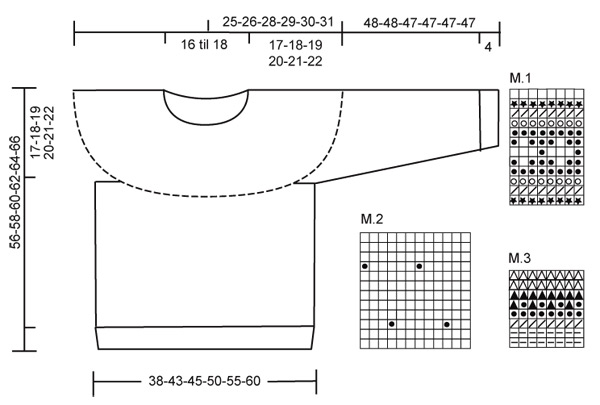 |
|||||||||||||||||||||||||||||||
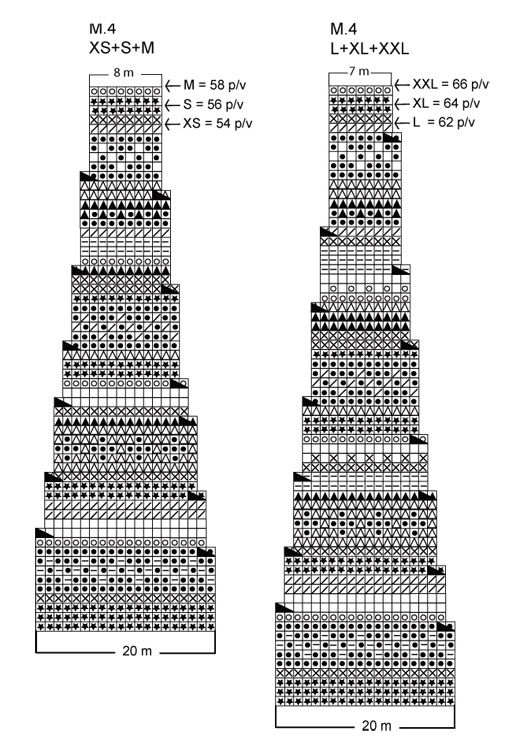 |
|||||||||||||||||||||||||||||||
Have you finished this pattern?Tag your pictures with #dropspattern or submit them to the #dropsfan gallery. Do you need help with this pattern?You'll find 21 tutorial videos, a Comments/Questions area and more by visiting the pattern on garnstudio.com. © 1982-2026 DROPS Design A/S. We reserve all rights. This document, including all its sub-sections, has copyrights. Read more about what you can do with our patterns at the bottom of each pattern on our site. |
|||||||||||||||||||||||||||||||








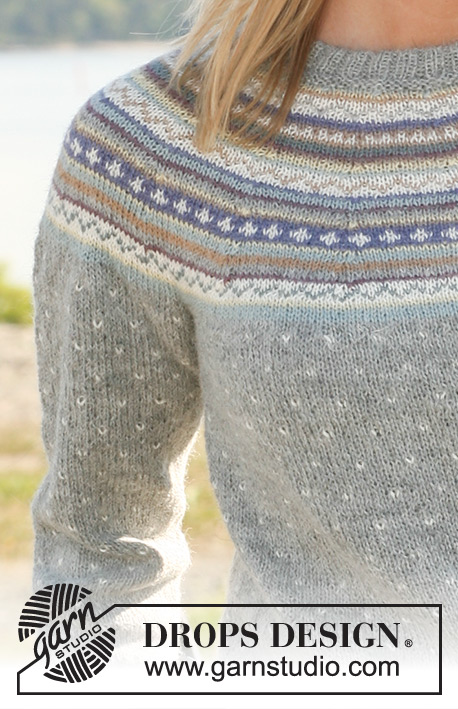


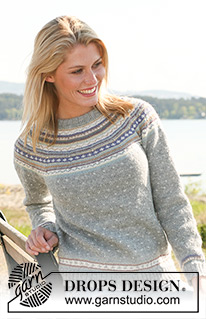
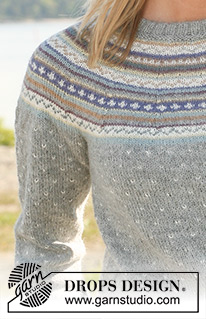








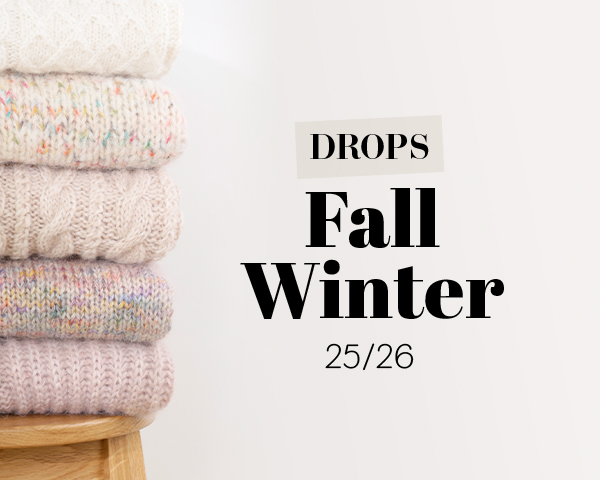



















































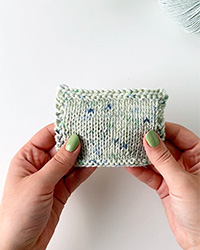

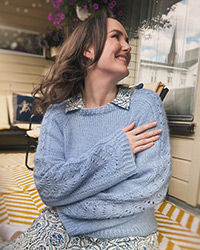

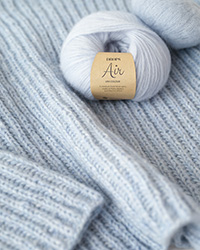
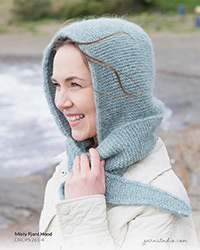
Post a comment to pattern DROPS 108-10
We would love to hear what you have to say about this pattern!
If you want to leave a question, please make sure you select the correct category in the form below, to speed up the answering process. Required fields are marked *.